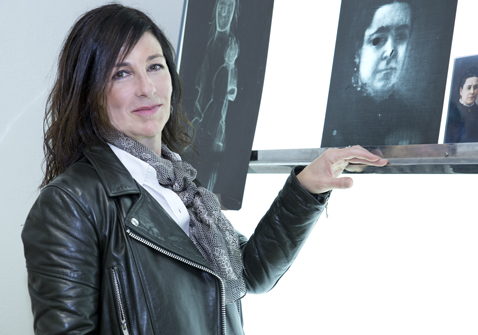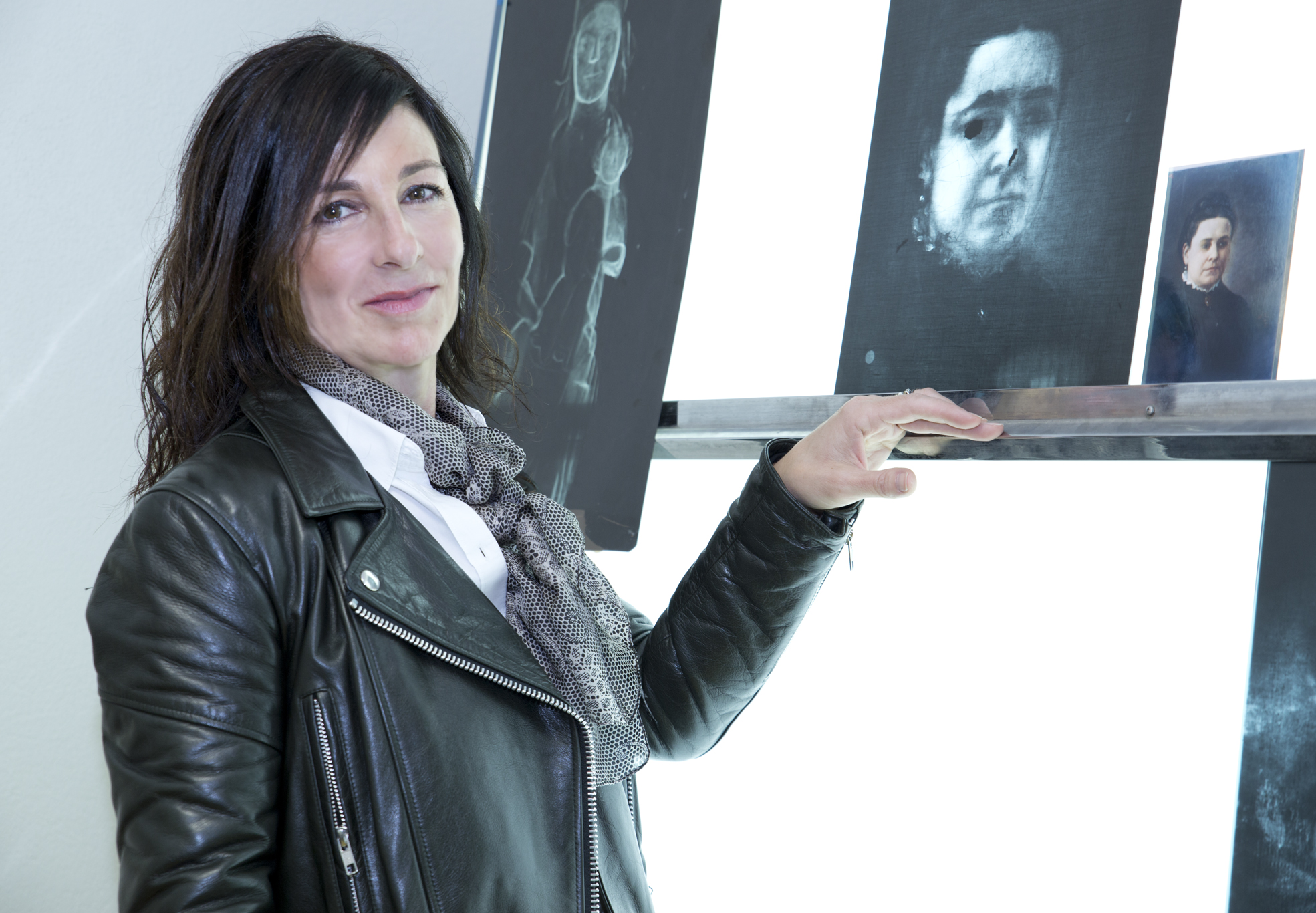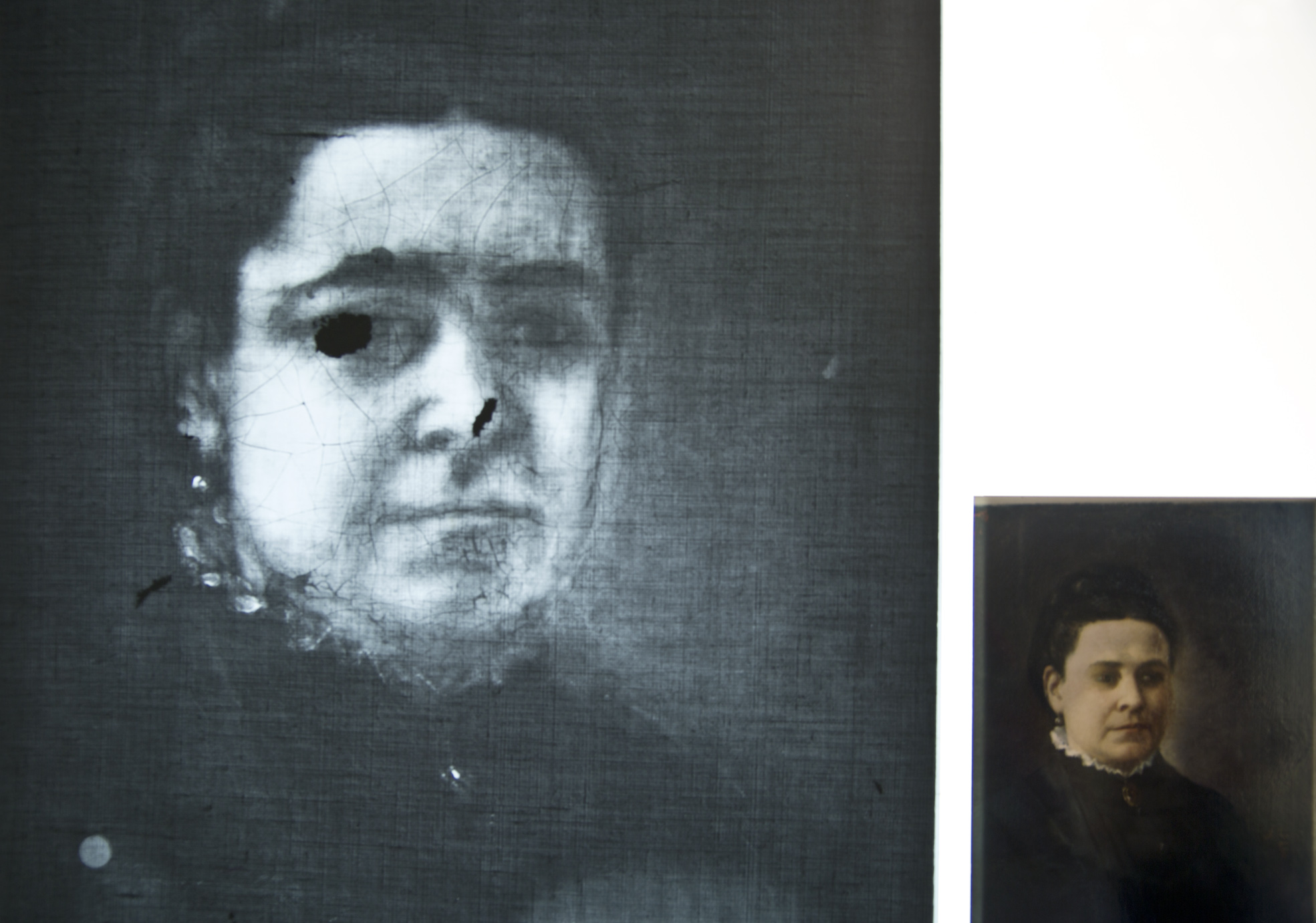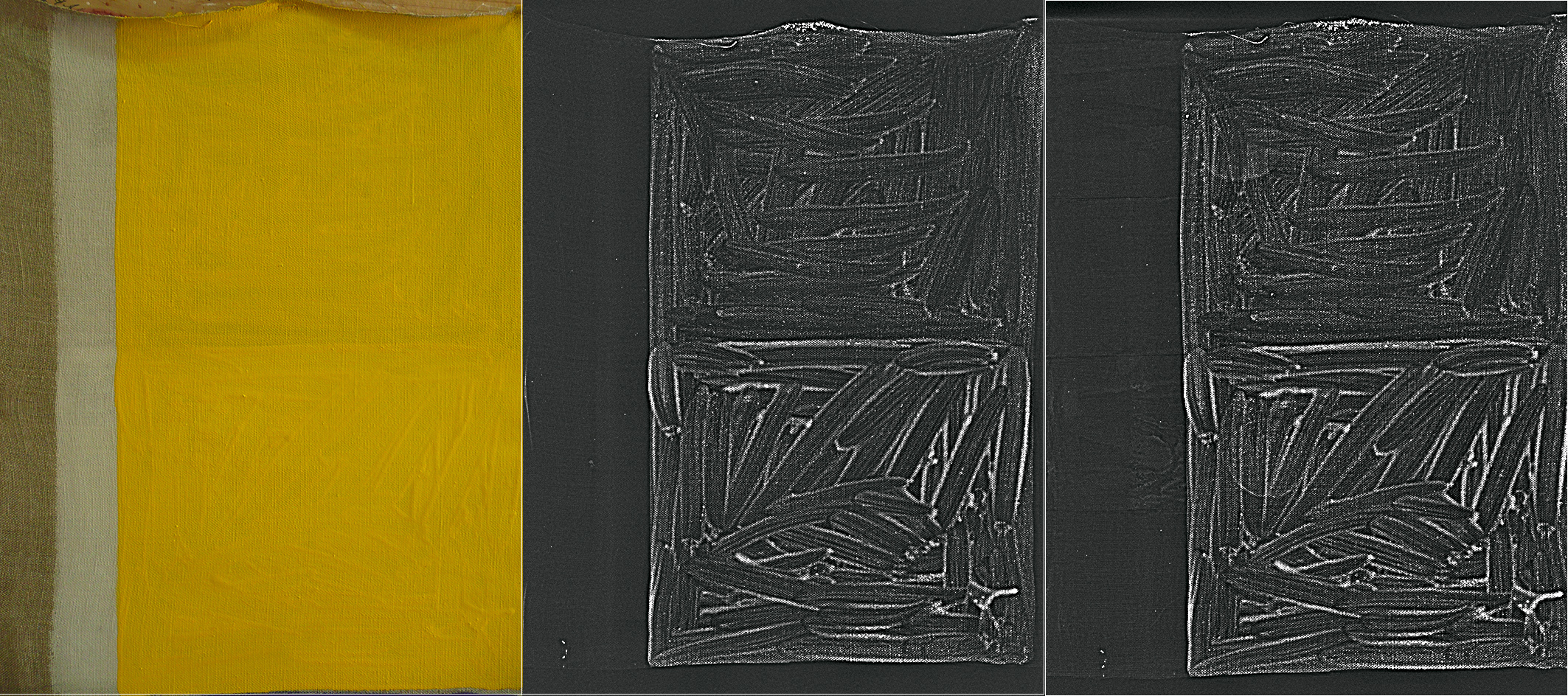The radiographic study of paintings provides data on the artistic work that are invisible to the naked eye. However, the paintings that have been restored by means of relining provide an x-ray image that differs from the one that would be provided had a piece of fabric not been attached to them to reinforce them. A UPV/EHU researcher has shown that the errors in interpretation that these differences could give rise to are caused by the adhesive used when the lining was attached.
X-rays of paintings restored by means of relining give rise to errors in interpretation
A researcher at the UPV/EHU-University of the Basque Country points to the adhesive used in the process to reline paintings as the cause of the differences in the radiographic record
First publication date: 21/04/2016

In the scientific examination carried out on works of art, the x-ray study is an important means of information, as it provides a whole host of features about the painting that are invisible to the naked eye with respect to the origin of the work, the medium used, type of preparation, the composition of the pictorial layer, the brushstrokes made by the artist, etc. "Studies of this type have, for instance, enabled forgeries to be detected, or, by contrast, the authorship of a work to be confirmed," explained Pilar Chaves, a researcher linked to the research group Infrared Reflectography and Radiography of Works of Art of the UPV/EHU's Department of Painting.
However, the reports emerging out of these radiographic studies of paintings "do not usually take into consideration whether the works have been restored, and more specifically, whether they have been relined, in other words, whether another piece of fabric has been added to support the original medium," pointed out the researcher. One type of widespread deterioration affecting paintings impacts on their medium, which when severely damaged is reinforced by adding another similar fabric to the back attached by means of an adhesive. This lining, as Chaves explains, "may lead to the making of incorrect interpretations since from the observation of many radiographic documents we have seen that the images obtained of paintings that have been relined are not as clear as the ones of paintings that have not been relined".
In order to go further into this aspect, she has reviewed a number of studies of this type carried out on 17th century paintings; this was done using the publications produced by various museums and institutions in Spain and across the world, and she has analysed the radiographic behaviour of the materials that make up a painting as well as those added during the relining process. After a long period involving scientific and experimental studies, she has been able to determine that the reason for the differences in the radiographic images of the relined paintings, compared to those that are not relined, is to be found in the adhesives used to fit the reinforcing fabric: "The brushstrokes used to apply the adhesive when fitting the lining may sometimes be mistaken for the artist's brushstrokes in the radiographic image, and that is why the radiographic interpretation may lead to error," pointed out the researcher.
Adhesives and their atomic weight
As the works she has studied belong to the 17th century, in her study she had focussed on assessing the interference of two adhesives traditionally used in relining processes: paste and wax-resin. The results obtained indicate that "the adhesives alter the radiographic image depending on the thickness of the adhesive added and the nature of the pigments present in the paintings", said Chaves. Specifically, she has concluded that the greater the atomic weight of the materials, both the pigments and the adhesives, present in a painting is, the greater the degree of radiation absorption is and, therefore, "the greater the interference they cause in the radiographic images", she added.
In connection with this final conclusion, new lines of research have been opened up in this PhD thesis. For example, "it would be very interesting to find out the effect and behaviour of synthetic adhesives, such as Beva gel (used instead of wax-resin) under X-rays because this is something that is not known. "We have focussed on the traditional ones and on 17th-century paintings, but we know that restoration work on paintings was carried out back then, too, and that adhesives or other kinds of material were added, but we do not know what radiographic image they would provide," she pointed out.
Additional information
Pilar Chaves-Castanedo, graduate in Fine Arts, wrote up her PhD thesis entitled Modificaciones en la imagen radiográfica de pinturas reenteladas (Modifications in the radiographic image of relined paintings) at the UPV/EHU. Her PhD supervisor was the tenured lecturer in the Restoration of Contemporary Art and PhD holder Mª Pilar Bustinduy-Fernández, who leads the research group Infrared Reflectography and Radiography of Works of Art of the UPV/EHU's Department of Painting, and to which the new PhD holder in Restoration and Conservation remains linked.
For her research work she highlights the importance of the UPV/EHU's X-Ray and Infrared Reflectography Laboratory for works of art as a source of documents of great interest, as during the 20 years it has been operating it has built up a significant number of radiographic documents of paintings, some of which were selected to be used for this piece of research. Together with the UPV/EHU, the Polytechnic University of Valencia is also a pioneer in having a department of x-ray study, and Pilar Chaves has cited this fact in the course of her research.
Photos: UPV/EHU
Image gallery
-

Pilar Chaves. -

Example of a radiographic examination of a painting which shows an old intervention which cannot be detected by the naked eye. -

Picture of the empirical study, where the sequence of the test piece with yellow pigment cadmium, its radiographic characterization and interference caused by deployed adhesives (note two circles in the last image) is appreciated.


